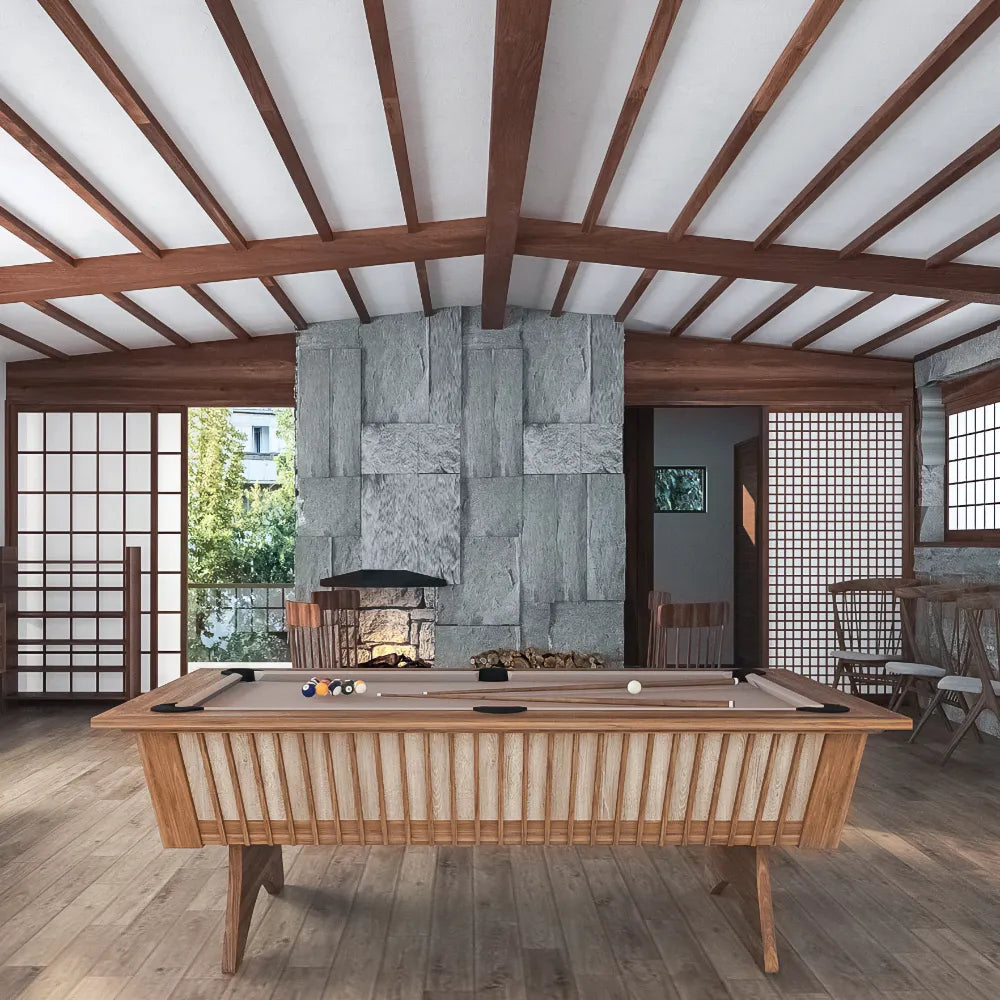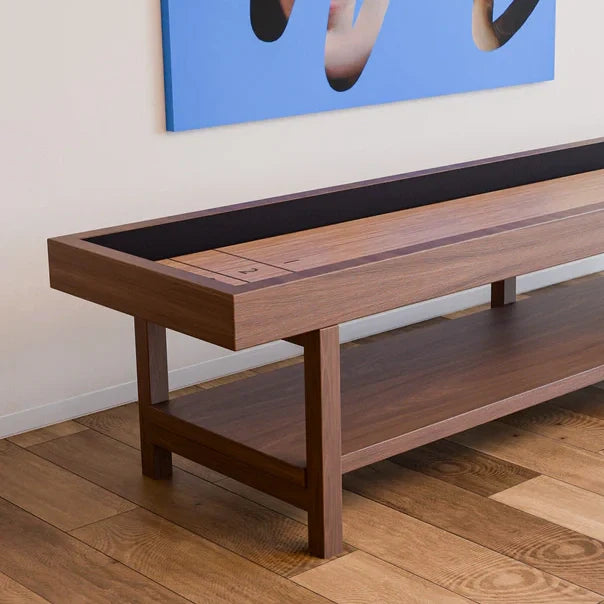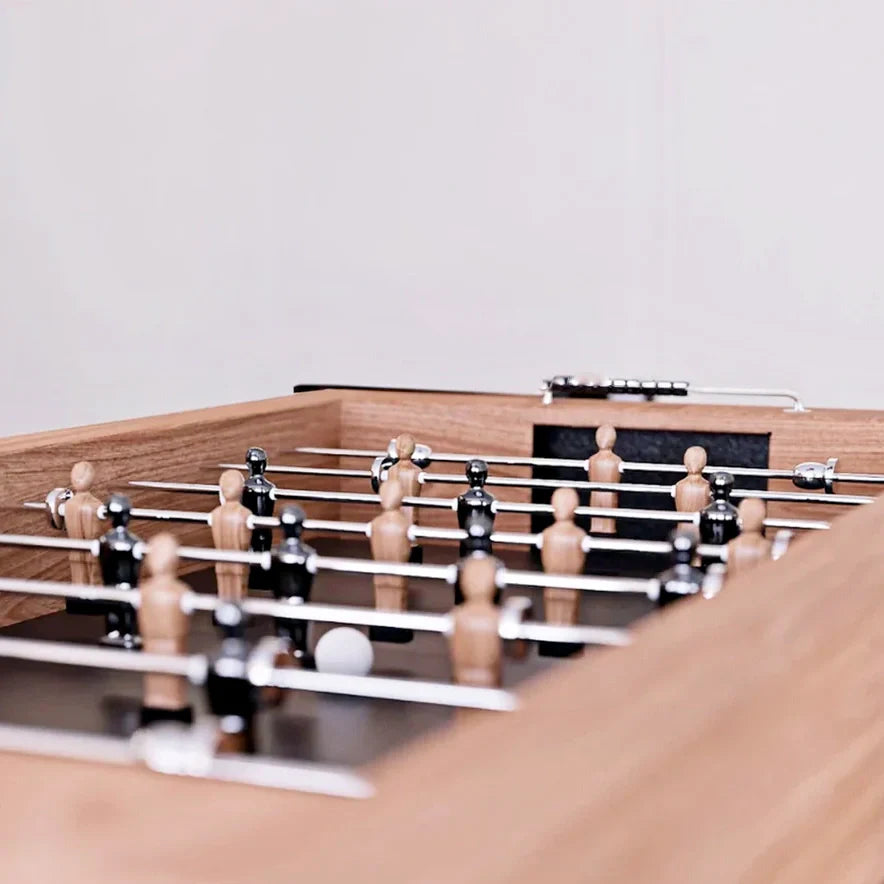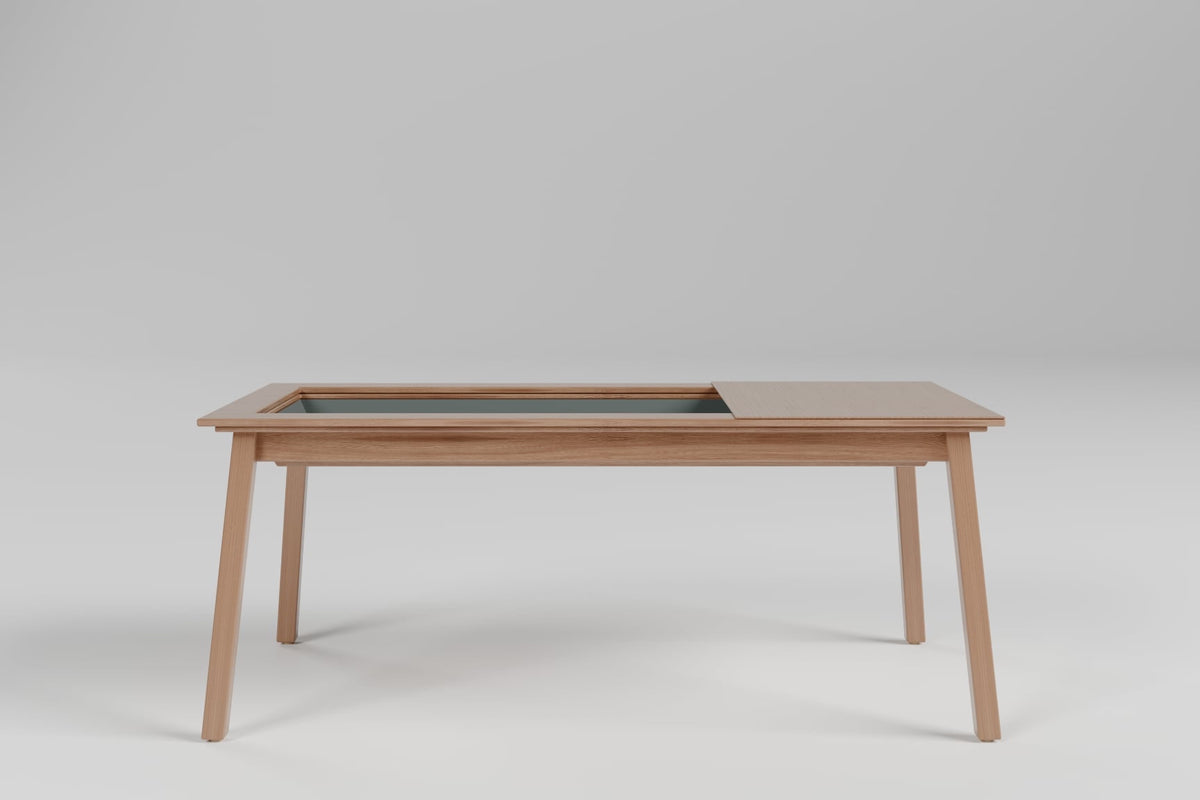Foosball, a beloved tabletop game that mimics soccer, has undergone significant transformations since its inception. Understanding the evolution of foosball tables can enhance appreciation for this engaging pastime.
The Origins
The roots of foosball can be traced back to the late 19th century in Europe, particularly in Spain and Germany. Early versions were simple wooden structures with hand-carved players. These rudimentary designs laid the groundwork for what would become a global phenomenon.
Classic Styles
- French Baby-foot Tables: Renowned for their craftsmanship, these tables often feature a wooden cabinet and high-quality rods. They are designed for smooth play and have a distinct aesthetic appeal, making them popular in cafes across France.
- American Tornado Tables: Introduced in the late 20th century, Tornado tables revolutionized the game with their innovative designs, including counterbalanced players and a unique rod system that allows for faster gameplay. These tables are favored in competitive settings.
Modern Innovations
Today’s foosball tables incorporate advanced materials and technology:
- Luxury Marble Tables: Combining elegance with functionality, these tables are often made with marble or glass surfaces. They serve as statement pieces in homes while providing a premium playing experience.
- Electronic Scoreboards: Many modern tables now come equipped with electronic scoreboards and sound effects, enhancing the gaming experience and making it more exciting for players and spectators alike.
The evolution of foosball tables reflects changing trends in design and technology, making them not just a game but also a stylish addition to any space.
Choosing the Right Foosball Table for Your Space
Selecting the perfect foosball table can enhance your gaming experience and fit seamlessly into your home. Here’s a guide to help you make an informed decision based on your space and needs.
Assess Your Space
Before purchasing a foosball table, measure your available space. Consider the following:
- Room Size: Ensure there is enough room not only for the table but also for players to move around comfortably.
- Table Dimensions: Standard foosball tables range from 48 to 56 inches in length. Make sure to account for additional space around the table for player movement.
Player Skill Level
Different tables cater to various skill levels:
- Beginners: Look for tables with sturdy construction and simple designs that are easy to use. These tables often have fixed goalie setups, making it easier for new players to learn.
- Competitive Players: Advanced players may prefer high-end models with counterbalanced players and adjustable rods that allow for more precise control and faster gameplay.
Table Styles
Consider the style that best suits your needs:
- American Tables: Typically larger and sturdier, these are designed for intense gameplay. They often feature a three-goalie setup.
- European Tables: Generally smaller and more aesthetically pleasing, they focus on finesse rather than brute strength.
By considering space availability, player skill level, and table styles, you can find the perfect foosball table that will provide hours of enjoyment.





2 comments
Loved this blog! The evolution of foosball tables is explained so clearly. Really enjoyed learning how design and quality have improved over time.
Loved this post! It’s amazing to see how foosball tables have evolved over the years—great mix of history, passion, and craftsmanship!